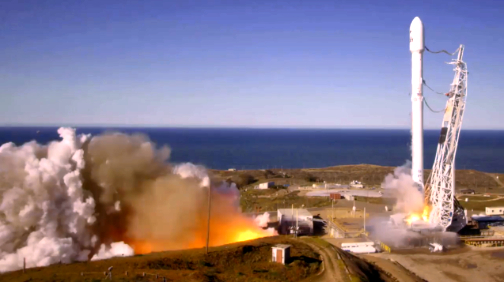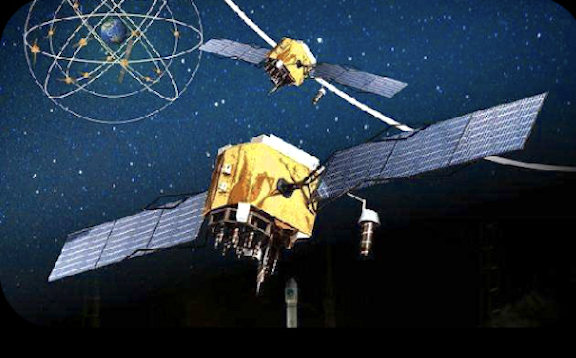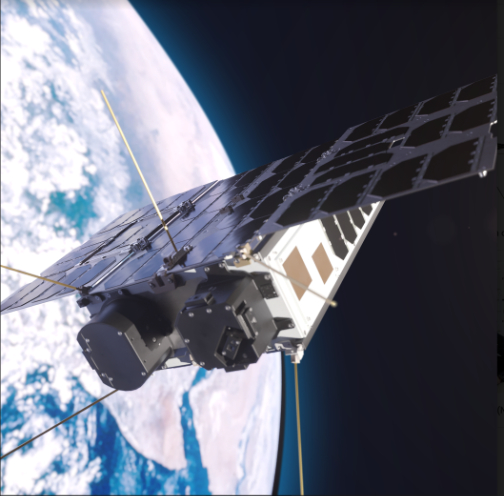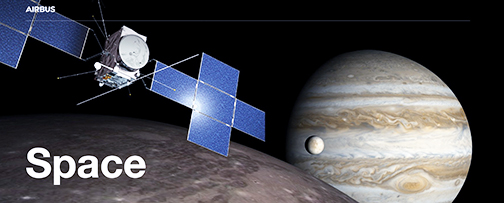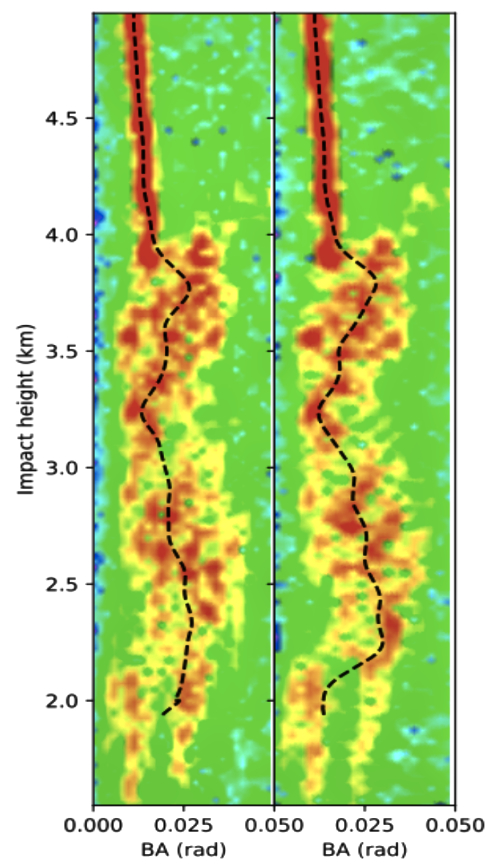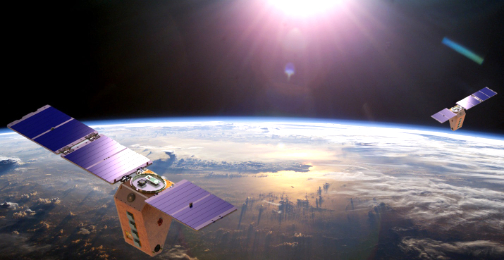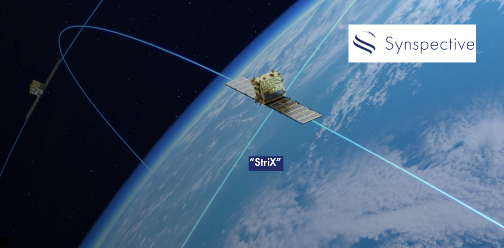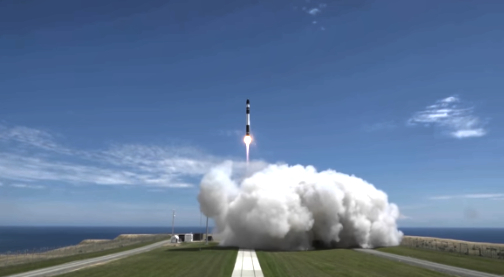

Less than 15 months after contract award, Millennium Space Systems has designed, manufactured, assembled and integrated the U.S. Space Force TETRA-1 satellite. The work was completed 60 percent faster than previous missions, improving the U.S. Space Force’s ability to advance the TETRA-1 technologies more quickly.
TETRA-1 is a microsatellite created for various prototype missions in and around geosynchronous earth orbit. TETRA-1 was the first prototype award under the U.S. Space Force’s Space and Missile Systems Center’s Space Enterprise Consortium Other Transaction Authority (OTA) charter.
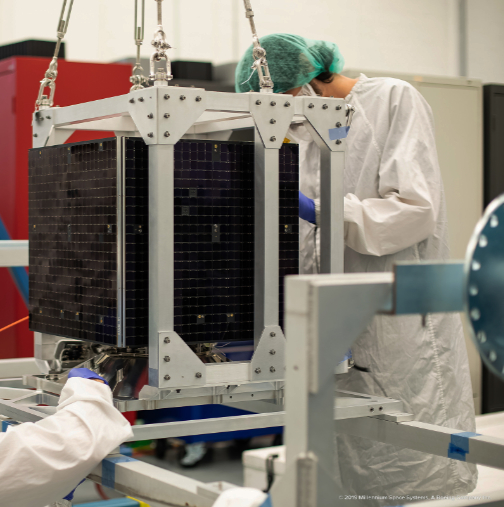
Photo of the U.S. Space Force TETRA-1 satellite during the build process. Image is courtesy of Millennium Space Systems.
Most of the TETRA-1 components were completed by leveraging Millennium’s in-house capabilities, demonstrating that organically developed capabilities are a key enabler for executing programs on a tight schedule. After system integration, the satellite successfully completed its environmental and full functional tests.
TETRA-1 is based on Millennium’s proven ALTAIR-class smallsat product line. It is the first of Millennium’s ALTAIR satellites to qualify for operations in the geosynchronous orbit space environment, 22,236 miles (35,786 kilometers) from the Earth’s surface. TETRA-1 is manifested on a SpaceX Falcon Heavy rocket currently scheduled for launch in late 2020.
Col. Tim Sejba, Director, Innovation and Prototyping, Development Corps, Space and Missile Systems Center, Detachment 1, at Kirtland Air Force Base, New Mexico, said that one of the primary goals is to be more agile in the development and deployment of innovative space assets. By leveraging OTA contracts with programs such as TETRA-1, the organization is expediting the execution of new space development missions. The partnership developed with Millennium Space Systems allows for the creation and fielding of a dynamic pathfinder capability to meet the future space warfighter’s needs.
Mark Cherry, VP and GM, Boeing Phantom Works, stated that the pace set on TETRA-1 from contract award through readiness to launch represents what Boeing does best for national security customers. The lean Millennium team was up to the task, building and delivering a fully tested and verified satellite in record time.
Millennium Space Systems is a Boeing [NYSE: BA] subsidiary, headquartered in El Segundo, California. Founded in November 2001, Millennium provides credible alternatives for relevant and affordable solutions to today’s space industry challenges. The company designs flight systems and develops AS 9100-certified mission and system solutions for the Intelligence Community, Department of Defense, NASA and civil space customers. With Millennium’s ALTAIR™ and AQUILA™ products, Boeing is now positioned to offer customers the full range of tailored space capabilities and missions today.
More Information about Millennium Space Systems: .



